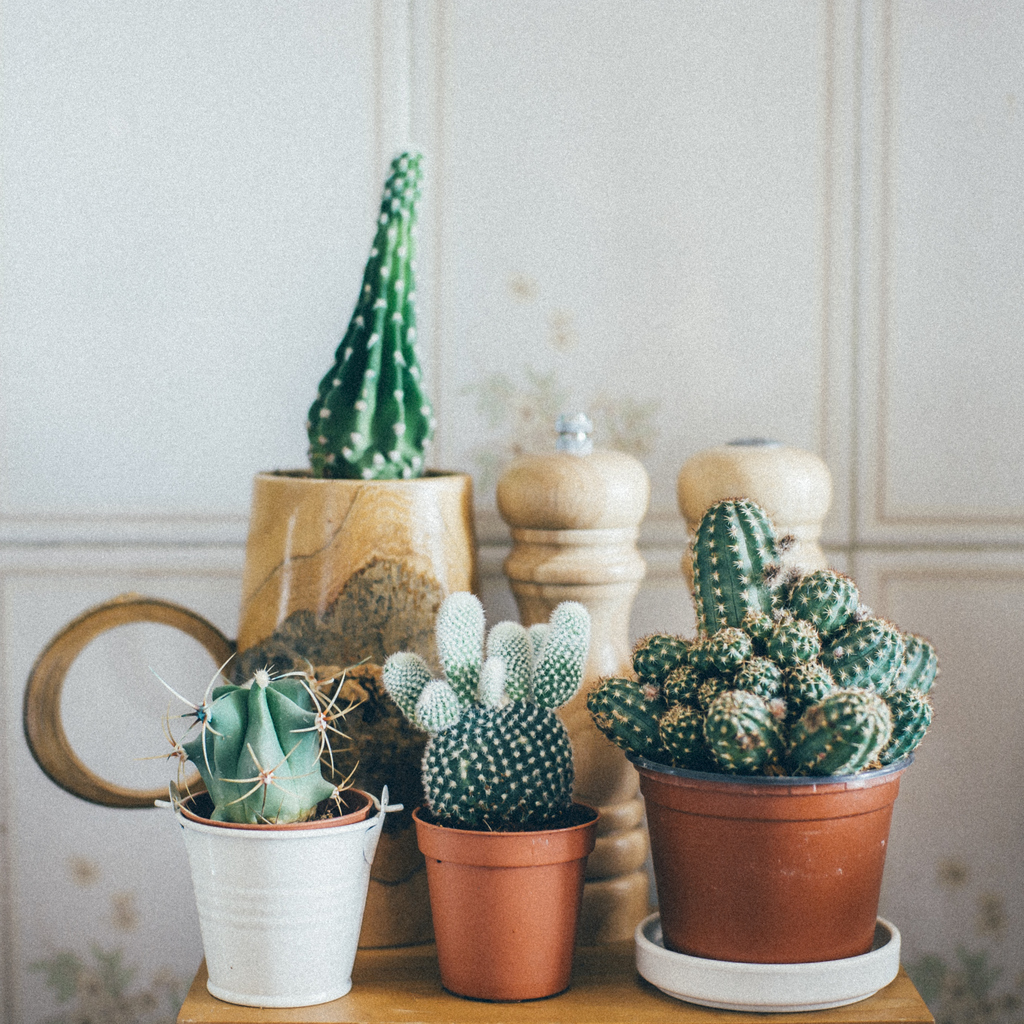- Home
- Savings Accounts
- Articles
- How going green at home can help you save money
How going green at home can help you save money

Turning your home into a more environmentally friendly household has a range of benefits not only for your health and the environment, but also for your wallet.
Whether you’re a long time greenie, or if you’re looking to dip your toe into the eco-friendly world, adopting one or more of the following tips is easier than you think.
RateCity have compiled a list of green tips designed to save you money:
- DIY cleaning products

It’s no secret that supermarket cleaning materials contain a range of chemicals that would be better to avoid. If you don’t want to start forking out the extra cash for branded eco-products, there are a wide range of (mum-approved) items already in your kitchen that you can use instead.
Product | Use |
Baking soda | Abrasive product so great for scrubbing hard to get grime |
Tea tree oil | Kills mould |
Lemon juice | General cleaning (and smells great) |
White vinegar | Dissolves dirt and is a natural deodoriser |
Rubbing alcohol | Window and glass cleaner |
- Energy efficient lightbulbs
This is a well-known environmentally friendly option that helps you cut down on pesky electricity bills. There’s no reason not to switch out the bulbs in at least one room for energy efficient ones.
- Grow houseplants

Having a few houseplants in your home will not only improve the air quality and your overall wellbeing, but there are plenty of garage and plant sales on every weekend, so you don’t have to fork out more money at flower shops.
You don’t need to have a green thumb to grow and appreciate houseplants. Here is a handy list of the easiest indoor plants to keep alive:
- Aloe vera
- English ivy
- Jade plant
- Rubber tree
- Pothos plant
- Dieffenbachia
- Spider plant
- Fiddle leaf fig tree
- Snake plant
If you have small children or pets, always double check the safety of any plants you buy in case of accidental ingestion.
- Recycled toilet paper
Buying recycled toilet paper usually costs less and also gives you that feel-good feeling by being eco-friendly. Companies such as Who Gives a Crap offer free shipping on most orders, make all their products without trees and 50 per cent of profits are donated to help build toilets for those in need. To date, they’ve donated over $1,250,000 to charity.
- Be more efficient with your washing

There are a range of ways to save on your energy bill with your washing machine:
- Using a cold water setting on your washing machine is a more eco-friendly option as it uses less energy. If you’re washing non-whites especially there’s little to no difference in the quality of the washing.
- Washing a full load is a no brainer, as it saves on water waste and uses less energy than multiple, half full loads.
- Front loader washing machines traditionally use less water and require less detergent compared to top loaders.
- Eco-friendly washes are your friend. Modern day washing machines usually include energy saving wash modes, such as fast washes for less dirty items.
- Solar power
RateCity recently reported on the benefits of solar power, noting that electricity emissions make up a third of Australia’s greenhouse gas emissions. Switching to solar energy can majorly help you to reduce your carbon footprint, and there are “rebates” of sorts that you can take advantage of to cut down the cost of installation.
For example, RateCity calculated that for someone living in NSW currently paying 25c per kWh on their energy bill, by installing a 3kW system with an up-front cost of $6,000:
- In one year they will have saved approximately $573
- They would make back the money spent on solar panel installation in 9 years
- In 30 years they will have saved approximately $48,666
- Eco-friendly fuel efficient cars

If you’re in the market for a new or used car, it’s worth researching more fuel efficient and eco-friendly models.
Cars.com.au listed the following as the most eco-friendly cars in 2016:
- 2016 Toyota Prius c
- 2016 Nissan Versa Note
- 2016 BMW X3
- 2016 For Fusion Hybrid
- 2016 Lexus CT 200h
- 2016 Mazda CX-5
- 2016 Mazda Mazda3
- 2016 Toyota Avalon Hybrid
For you wallet’s sake, it’s crucial you research and compare car loans before taking one out. Use RateCity’s comparison tools and calculators to help find the most competitive option for your financial and eco-friendly needs.
- Beeswax food wraps
Looking to cut out your consumption of plastics? Food wraps and zip-lock bags are one of those little ways in which we’re often struggling to find a non-plastic alternative.
That’s where beeswax food wraps come in. There are a range of reusable, Australian made products out there, such as Bee Green Wraps, that are not only versatile, mouldable, strong and water resistant, but they’re reusable, lasting up to a year.
Disclaimer
This article is over two years old, last updated on March 9, 2018. While RateCity makes best efforts to update every important article regularly, the information in this piece may not be as relevant as it once was. Alternatively, please consider checking recent savings accounts articles.
Compare savings accounts
Product database updated 05 Feb, 2025
Latest savings accounts articles

Savings Accounts
01/12/24 . 5 min read
What is a cash management account and how is it different from a savings account?
Learn how Cash Management Accounts (CMAs) offer flexibility, transaction management, and interest earning, making them ideal for investors and SMSFs.
Vidhu Bajaj
Personal Finance Writer

How to prepare for and manage the rising cost of living

What's the difference between a savings account and a transaction account?

How much does the average Australian have in savings?




